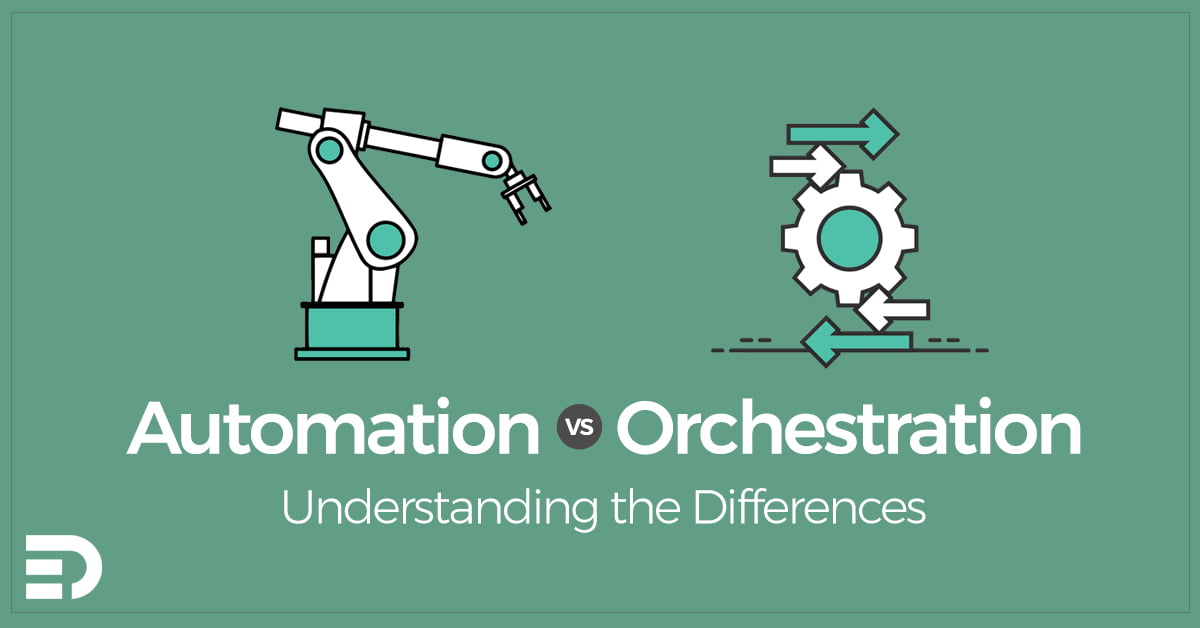Automation vs. Orchestration: Understanding the Difference
In today’s fast-paced business environment, organizations are constantly seeking ways to streamline processes, improve efficiency, and reduce manual effort. Two concepts that frequently arise in this context are automation and orchestration. While often used interchangeably, automation and orchestration are distinct approaches that play different roles in optimizing business operations. In this blog post, we will explore the differences between automation and orchestration, their respective benefits, and how they can be harnessed to maximize efficiency and productivity.
Automation: Simplifying Repetitive Tasks:
Automation involves the use of technology to perform repetitive, rule-based tasks without human intervention. It aims to streamline processes, minimize errors, and save time by replacing manual work with automated workflows. Automation focuses on individual tasks or actions and aims to eliminate human effort from routine and monotonous activities.
Benefits of Automation:
- Increased efficiency and productivity by reducing manual labor and human error.
- Consistency and reliability in performing repetitive tasks.
- Time and cost savings by accelerating processes and reducing resource requirements.
- Improved accuracy and compliance by minimizing the risk of human mistakes.
Orchestration: Coordinating and Optimizing Workflows
Orchestration, on the other hand, involves coordinating and managing complex workflows or processes that involve multiple systems, applications, or services. It focuses on the coordination and sequencing of various automated tasks to achieve a desired outcome. Orchestration allows businesses to integrate and streamline disparate systems, ensuring smooth data flow and seamless interactions between different components.
Benefits of Orchestration:
- Improved end-to-end visibility and control over complex processes.
- Enhanced agility and flexibility by enabling dynamic adjustments and adaptation.
- Efficient resource allocation and utilization across multiple systems.
- Faster time-to-market for new products or services through streamlined workflows.
Conclusion:
Automation and orchestration are essential tools for businesses seeking to optimize their operations and achieve higher efficiency. While automation simplifies repetitive tasks, orchestration enables the coordination and management of complex workflows involving multiple systems and applications. By understanding the differences and benefits of automation and orchestration, businesses can strategically implement these approaches to streamline processes, reduce errors, and unlock greater productivity. Leveraging the power of automation and orchestration empowers organizations to adapt and thrive in a rapidly evolving business landscape. Element Digital has experience in implementing automation technologies such as Powershell Universal and Orchestration tools such as System Centre Orchestrator.








Leave A Comment